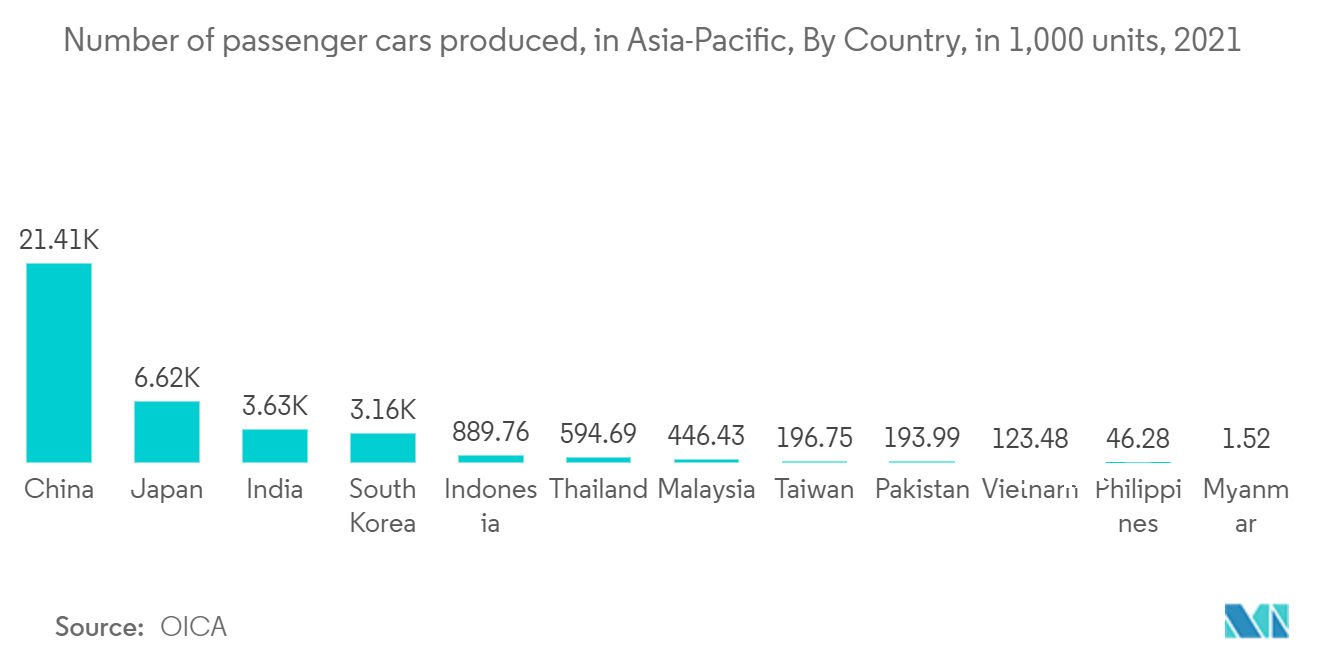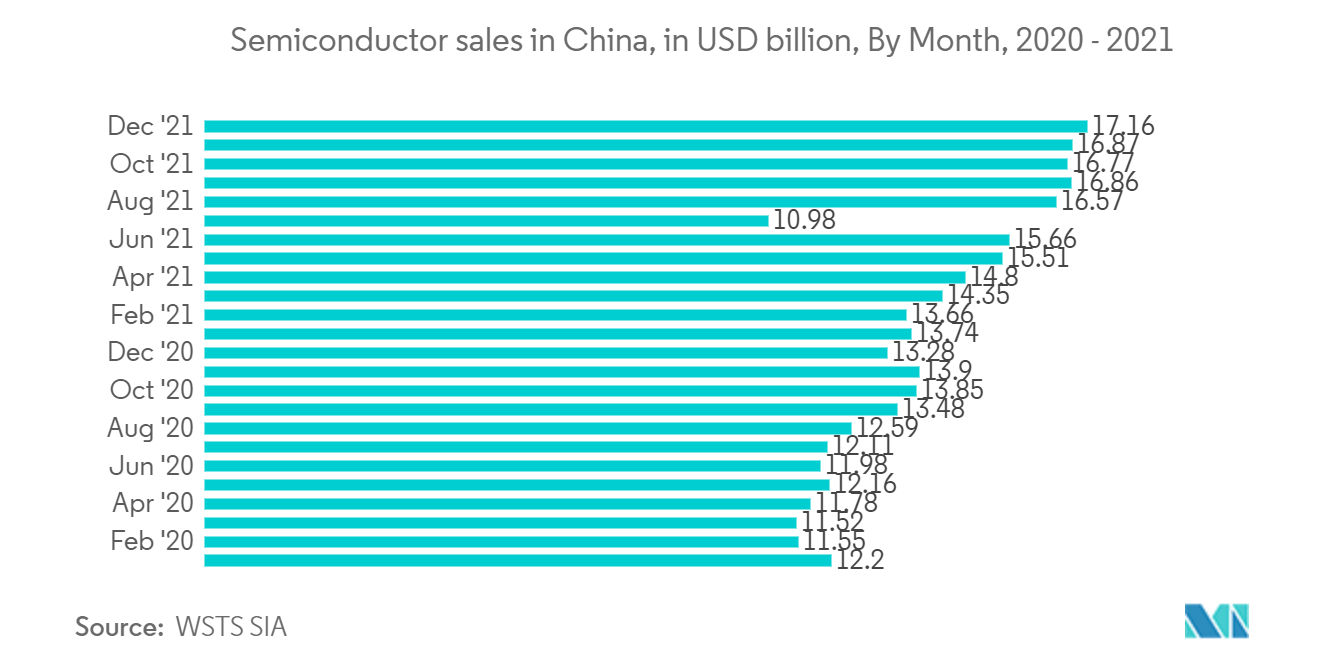Market Trends of Communication Special Purpose Logic IC Industry
This section covers the major market trends shaping the Communication Special Purpose Logic IC Market according to our research experts:
Automotive Industry to drive the Market Growth
While general-purpose ICs are used for various tasks like calculation, data transfer, and other comparable tasks. General-purpose integrated circuits (ICs) are found in computer processors. Temperature control, speed control, and various other duties are performed by special purpose ICs. Specific purpose ICs can be found in air conditioners, smart televisions, factory devices with motors, and mobile phones.
Because of rising consumer awareness about environmental pollution and rising oil prices, the demand for electric vehicles is expanding globally, driving the market for communication logic IC to rise. The potential of vehicle-to-vehicle (V2V) communication to wirelessly transmit information on the speed and position of nearby cars holds enormous promise for reducing traffic congestion, avoiding crashes, and improving the environment.
Increased sales of autos due to increased connectivity options in vehicles are positively impacting the industry growth. Furthermore, the market is expected to develop in the forecast period due to the rapid growth of the automotive sector.
The region has a strong infrastructure for automobile manufacturing and a huge consumption market. Asia-Pacific is the home of major automobile manufacturers such as Honda, Hyundai, Toyota, TATA, etc. The region is also a huge market for the automobile industry, with consumers of all classes. According to the 2022 data by OICA, in 2021, China produced approximately 21.4 million passenger cars, while Japan and India produced approx. 6.6 and 3.6 million cars. While China has partnerships and collaborations with global automobile manufacturers, making it the biggest auto producer in the region, ahead of South Korea, Japan, and India, these countries enjoy a strong domestic automotive sector. With the rise of the auto industry in the region, the demand for the studied market will also grow.

China to hold a significant share in the Market
China intends to create a special agency to encourage collaboration between domestic enterprises and international semiconductor powerhouses like Intel to build software, material, and manufacturing equipment development centers. Beijing is rushing to develop a domestic supply chain for semiconductors that is not subject to US sanctions. On the other hand, foreign governments are likely to be suspicious of this initiative, fearing the transfer of vital technology to China.
In 2015, Beijing introduced the "China Manufacturing 2025" strategy, prioritizing semiconductors. China has supported enterprises like Yangtze Memory Technologies, a NAND flash memory company, through government-backed investment institutions with a war chest of more than USD 20 billion committed to the chip industry. Under Xi's instructions, government-backed institutions are preparing to invest in new SMIC facilities and pump money into materials and manufacturing equipment to strengthen the supply chain. Given the lack of Chinese technology, however, the newly developed forum for foreign collaboration could be critical to the attempt.
In September 2021 - Semiconductor Manufacturing International Corp. (SMIC), China's largest contract chipmaker, announced the establishment of a new plant in the Lin-Gang Special Area, which is part of Shanghai's free trade zone. The proposed USD 8.87 billion foundry is expected to produce 100,000 12-inch wafers monthly. SMIC will own at least 51 % of the joint venture, with a 25% interest held by a Shanghai, government-designated investment company. SMIC stated in March that it would partner with the Shenzhen government to invest USD 2.35 billion in a project to produce 40,000 12-inch wafers per month using 28nm and higher integrated circuits.
China has enacted plenty of beneficial regulations for the semiconductor and software industries, including tax rebates, attractive financing, IP protection, and support for R&D, import and export, and talent development, among other things. Tax exemptions and discounts will be available to IC manufacturing companies and IC design, equipment, materials, packaging, testing, and software companies.
Due to the escalating technology standoff with the United States, China is strengthening its efforts to strengthen local software companies. This trend has touched many sectors, including chip access, 5G network construction, social media applications, and internet regulation. Beijing considers the technology industry strategically important, and government funding is projected to grow in the coming years.


